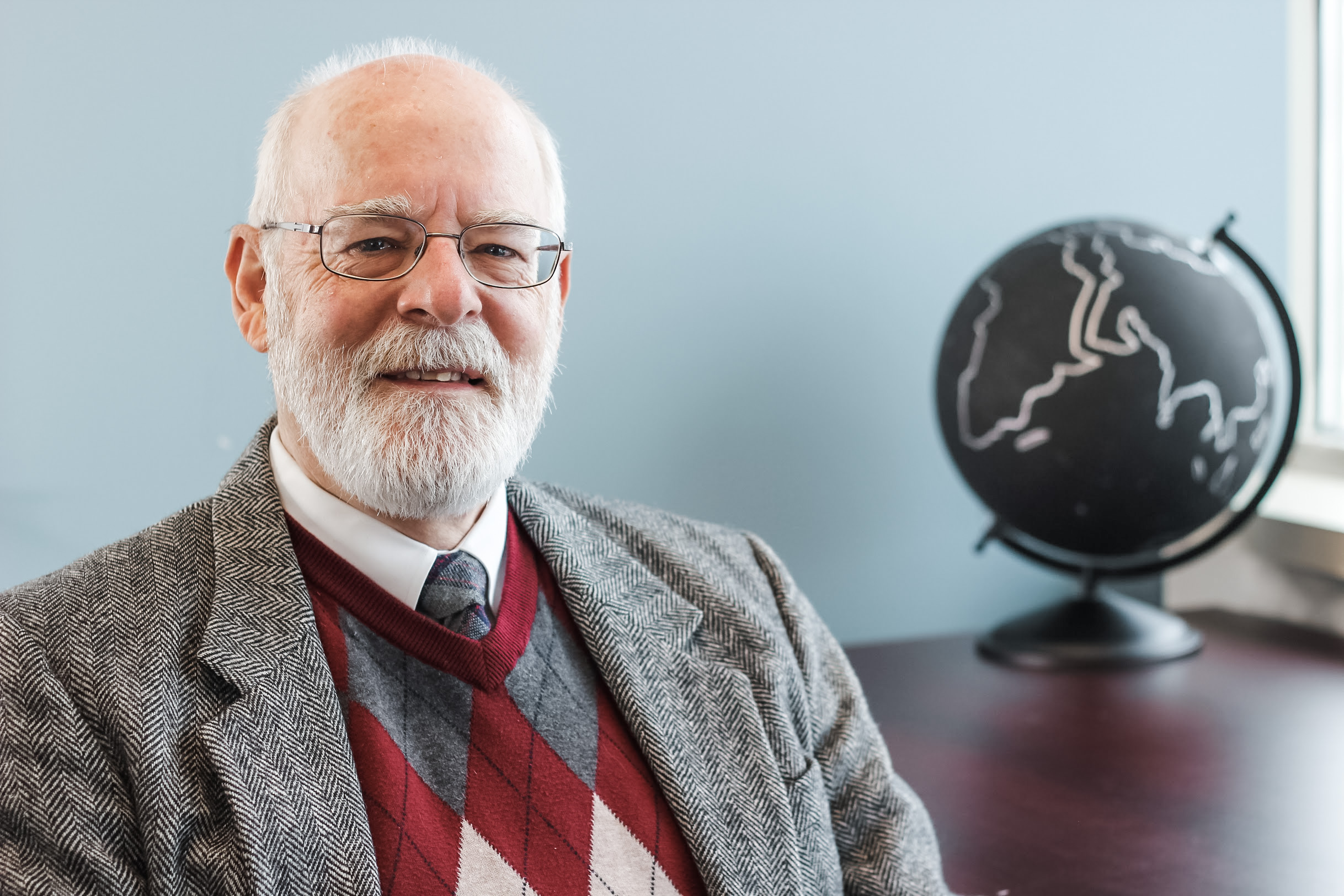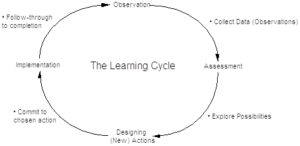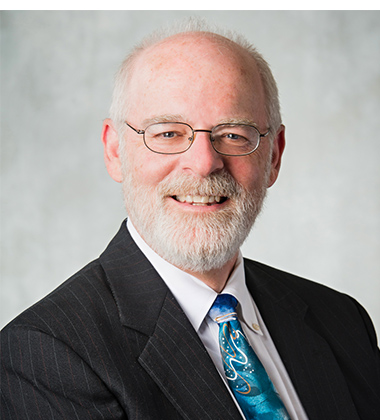
Like many people, I did not “choose” my career path, so my bio doesn’t help answer the question of why coaching. In fact, a bio doesn’t really answer the question of “why” anyone chooses any profession; it can only show the “how.” The one notable aspect of my career trajectory is the number of questions I have asked over the years about the various work contexts I was a part of, usually some version of “What is going on here?” Virtually every next step I took was a choice to dig in to question I wanted answered. So, let’s start with the last question I asked, the one for which “coaching” became the answer.
By the early 1990’s, I had been a consultant for over a decade with a focus on supporting the intentional development of individuals, groups and organizations. I took on a wide variety of projects from systems planning and design to marketing communications, from desktop publishing and videoconferencing to software development, from small office computer integration to venture capital projects involving the innovative use of leading-edge technology. See the pattern here? Me neither, other than the common factor of me trying to be of help. (It’s called “broad-based experience in a number of functional areas!”)
In addition, I was experiencing four “problems of practice” common to most consultants:
- Consultants know that the problem presented to them by a prospective client is rarely the cause of the individual/organizational distress being experienced. How can the consultant distinguish the essential from the inessential to reach beneath the “presenting problem” to find the heart of the matter? This process takes time, probing questions and access, all of which the client may resist.
- Even when the consultant sees what is going on, how does he or she convince the client that the underlying problem is not only real, but really the issue that needs addressing? Most executives/managers believe they know what the problem is and are hiring a consultant to “fix” it. To be truly helpful, consultants need to break though the confusion, denial, obfuscation, etc., of the client, which is not always welcome!
- Once the consultant has arrived at the critical insight into the nature of the problem and convinced the client to address it, how does he or she translate these critical insights into action? This relates to the saying “give someone a fish and you feed them for a day; teach them to fish and you feed them for a lifetime.” Unfortunately, clients rarely have the time, budget or commitment to learn how to fish.
- Finally, how do consultants convince clients to engage them in the first place? Most of the time when the organization really needs help, executives/managers are too busy to ask for it, and when they have the time to engage a consultant, they do not perceive any pressing need for help.
These realities prompted me to start exploring a new way of working with organizations that might transcend the problems and issues that create real limits and frustrate most organizational consultants. My next question was twofold:
- How is consulting getting in its own way and can it be fixed?
- Are there any “design” glitches or built-in flaws to consulting that can be addressed and overcome?
I found that the underlying model/archetype of consulting‒which embodies the essentials of consulting as a practice‒is captured in what’s called “The Learning Cycle.” (See figure below)

Traditional “Management Consulting” seems to focus on Observation and Assessment part of the cycle, the classic “We’ll come in, take a look around, and tell you what we see.” The McKinsey/Bain/BCG consulting assignment begins with interviews and observation and ends with a feedback session and/or report (and a hefty invoice!)
Other consultants, like architects and corporate strategic planners, focus on design and planning for everything from workspaces to workforces, from organizational strategies to new organizations. After the Covid19 shutdown in the Spring 2020, many organizations are having to rethink how all their work processes are designed as the necessity of “going to work at an office” proved impossible during this period and remains in question moving forward. Even deciding what kind of design consultant you need is going to be problematic: is it an interior designer to reorganize the office layout for social distancing? Or maybe the technical network architects to revise the corporate network to accommodate the whole company working from home?
Finally, there are implementation consultants who execute on plans and install new systems such as Salesforce/SAP/MS-O365 accompanied by Change-of-the-Month workshops for managers and staff. While these consultants try to follow the implementation process through to completion, statistics show that major organizational systems and change projects have a failure rate of between 25 and 50 percent with some even going as high as 80%.
The assumptions underlying the Learning Cycle model of consulting are aligned with scientific research on the one hand and what it means to be a professional on the other. What is valued is objectivity, disinterested observation and feedback from those with expertise/expert opinion and insights gained from pursuing the skills associated with these values. This seems to fit as well, as most consultants claim that their real value is the objective viewpoint/opinion of an outsider.
If you work in any organization that uses consultants, you’ve probably noted that not every consulting engagement is a success. Consultants began to realize that while paying attention to the “what” and the “how” is necessary, it’s often inadequate and doesn’t guarantee a positive outcome. Some of us began to shift our focus to the connections and transitions between the various steps in the model represented by the “arrows.” Rather than positioning ourselves as objective and analytical, we focused on building relationships. Instead of trying to create the “perfect” plan as the outside expert, we recognized and acknowledged the institutional knowledge and expertise of the client. And rather than selling implementation skills, we looked for ways to help our clients develop the skills they needed for sustainable success. Stepping outside the traditional definition of consulting, we started to call what we did “coaching.”
For me, the shift occurred when I realized most of my “success” as a consultant was not related to what I was hired to “do” but more what happened “in the surround.” For one consulting engagement, I was hired to provide a new records management system/database for a small, boutique training/consulting firm. A colleague at the firm came to me after I had been there about a year and said, “Everything here is different from last year and when I trace back the cause, it comes to something you’ve said or done. I want to know how you’ve done that.”
This was a surprise to me as I had been fighting an uphill battle to get anything accomplished. While the “ask” was new records management system, intended to provide “push button” answers for whatever question was being asked, the underlying problem was the lack of a decent network and availability of computers for everyone in the firm. Without that, access to and usefulness of any database would be limited.
Once I was able to convince the firm’s Principal that he could improve his business through appropriate networking and technology, I installed desktop computers for the staff and added two laptops (at a time when they were still rare) for the Principals/Consultants at the firm. While nominally for database access, the real value of the laptops was that they enabled the firm to respond to client requests for proposals on a timely basis‒whether the principals were in the office or not‒and secure new lines of business that had not even been considered as feasible previously. As everyday routines were modified to capitalize on these new business opportunities, work became more exciting and everyone was more engaged. While we finally did get the new database system installed, my real value was coaching the organization through the transition (and transformation) to become ready for its next stage of growth. Had I limited my scope of focus to the installation, I would have “delivered” as a consultant but failed to meet the organization’s actual needs.
The other realization I had was the recognition that the “flaw” in the consulting model is that consulting is about identifying/solving problems as an expert via a process that can make the client feel stupid or inadequate. Coaching is a process designed to help clients/organizations move from where they are to where they want to go by recognizing and acknowledging the client’s expertise and capabilities. The expertise of the coach lies less in content than in the ability to support the client’s development. While numerous coaching “models” inform the practices of individual coaches, the common denominator is that in coaching where the client wants to go is a much stronger “pull” than the “push” to solve a problem.
My coaching practice is focused on organizations, which means that I’m entering into a partnership with my (human) client so together we can look at the organization to discover its current needs and where it wants/needs to go. For example, in one engagement, I worked with the owner of a small public relations and communications firm. His presenting problem was that for the eight years he had run his business, his YOY earnings hadn’t grown‒no matter what changes he made. He believed the firm could produce more, but he was stymied. “I’ve hired a salesperson; I’ve fired same salesperson. Engaged an office manager. Had to fire same. Nothing seems to make any difference.”
He asked for some help with a new business plan, but once I had the opportunity to observe his office and see how he worked, I realized what was needed for him to make progress toward his goal was less a business plan than a different work strategy. It turns out he was a visual learner, so when he could see something in front of him, he could grasp what needed to be done and execute. Otherwise, things got lost, dropped, ignored, forgotten‒literally “out of sight, out of mind.”
We set up a large white board on the back wall of his office and on the horizontal axis went all his prospects and current clients. On the vertical axis went the operational steps starting with the next step at the top. Each day he could come in a see what he needed to prioritize for the day. At the end of the day, he could cross off the steps accomplished, rearrange the board and leave it behind for the next day. Within two months, his company was billing more than double for the year.
Did we know this was the “problem” before we started? No clue. The business plan allowed the owner to get some clarity around his business goals and how to evolve his organization in stages, but without the additional clarity regarding his operational style, it probably would not have been an effective intervention; i.e., would not have resulted in any significant change. The coaching process helped us identify personal and organizational success factors as well as areas for development, enabling the design and implementation of a new way of leveraging strengths and overcoming obstacles.
Coaching is a powerful process that can initiate and facilitate personal growth and organizational change. A coaching orientation allows me to address both the inner and outer aspects of the question “What’s going on here?” When it became clear that coaching also avoids typical consultant dilemmas in engaging and working with clients, I was all in. As a result, my coaching practice has been far more satisfying than anything I ever experienced as a consultant.
Fortunately, much that I learned from consulting can be reframed and repurposed for my coaching practice. Over the years, I have gathered a number of perspectives and frameworks that can provide insight into an organization and support productive coaching conversations. I will be sharing these in future posts as they can help you understand your organization as well as roadblocks you may have run into. If you would like to have a conversation about any current dilemmas or opportunities you/your organization are facing, 2BDetermined can help. Sign up for an initial chat and we will take it from there.

Michael Locey, M.Ed., is our Managing Partner and Entrepreneurial Coach. As a business coach and consultant, he has over 30 years of experience in Canada and the U.S. coaching entrepreneurs through start-up and early stage growth, supporting owners of small to medium sized businesses and helping corporate business unit leaders make sound decisions and set strategy. Michael holds a B.S. in Physics from M.I.T and a Master’s in Planning & Organizational Development from Harvard University.
